Italian Lamb Ragu Sauce is a culinary masterpiece that brings the rich flavors of Italy right to your kitchen. This hearty sauce, traditionally simmered to perfection, is a staple in Italian cuisine, often served over pasta or polenta. The origins of ragu can be traced back to the 18th century, where it was crafted as a way to utilize tougher cuts of meat, transforming them into a tender, flavorful dish that warms the soul.
People adore Italian Lamb Ragu Sauce for its robust taste and velvety texture, which creates a delightful contrast with al dente pasta. The slow-cooking process allows the lamb to absorb the aromatic herbs and spices, resulting in a sauce that is both comforting and indulgent. Whether youre hosting a dinner party or enjoying a cozy night in, this dish is sure to impress and satisfy, making it a beloved favorite among food enthusiasts everywhere.
Ingredients:
- 2 lbs lamb shoulder, cut into 1-inch pieces
- 2 tablespoons olive oil
- 1 large onion, finely chopped
- 2 carrots, finely chopped
- 2 celery stalks, finely chopped
- 4 cloves garlic, minced
- 1 can (14 oz) crushed tomatoes
- 2 tablespoons tomato paste
- 1 cup red wine (preferably Chianti)
- 1 cup beef or chicken broth
- 2 teaspoons dried oregano
- 1 teaspoon dried thyme
- 1 bay leaf
- Salt and pepper, to taste
- Fresh basil leaves, for garnish
- Grated Parmesan cheese, for serving
Preparing the Lamb
- Start by trimming any excess fat from the lamb shoulder. Cut the meat into 1-inch pieces to ensure even cooking.
- Season the lamb pieces generously with salt and pepper. This will enhance the flavor of the meat as it cooks.
- In a large Dutch oven or heavy-bottomed pot, heat the olive oil over medium-high heat. Once the oil is hot, add the lamb pieces in batches, ensuring not to overcrowd the pot. Brown the lamb on all sides, about 5-7 minutes per batch. Remove the browned lamb and set it aside on a plate.
Building the Base
- In the same pot, add the chopped onion, carrots, and celery. Sauté the vegetables for about 5-7 minutes, or until they are softened and the onion is translucent.
- Add the minced garlic to the pot and cook for an additional 1-2 minutes, stirring frequently to prevent burning.
- Once the garlic is fragrant, stir in the tomato paste and cook for another 2 minutes. This will deepen the flavor of the sauce.
Deglazing the Pot
- Pour in the red wine, scraping the bottom of the pot with a wooden spoon to release any browned bits. This step is crucial as it adds depth to the sauce.
- Allow the wine to simmer for about 5 minutes, reducing slightly. This will cook off some of the alcohol and concentrate the flavors.
Simmering the Ragu
- Return the browned lamb to the pot, along with any juices that have accumulated on the plate.
- Add the crushed tomatoes, broth, oregano, thyme, and bay leaf. Stir everything together until well combined.
- Bring the mixture to a gentle boil, then reduce the heat to low. Cover the pot with a lid, leaving it slightly ajar to allow steam to escape.
- Let the ragu simmer for at least 1.5 to 2 hours, stirring occasionally. The longer it simmers, the more tender the lamb will become and the flavors will meld together beautifully.
Final Seasoning
- After the ragu has simmered, taste and adjust the seasoning with additional salt and pepper as needed. If the sauce is too thick, you can add a little more broth or water to reach your desired consistency.
- Remove the bay leaf before serving. This step is important as bay leaves can be tough and are not meant to be eaten.
Serving the Ragu
- To serve, cook your choice of pasta according to package instructions. Tagliatelle, pappardelle, or even polenta pairs wonderfully with lamb ragu.
- Once the pasta is cooked, drain it and toss it with a bit of olive oil to prevent sticking.
- Plate the pasta and generously ladle the lamb ragu over the top.
- Garnish with fresh basil leaves and a sprinkle of grated Parmesan cheese for added flavor.
- Serve immediately and enjoy the rich, hearty flavors of your homemade Italian lamb ragu sauce!
- Prep Time: 20 minutes
- Cook Time: 120 minutes
- Total Time: 140 minutes
- Yield: 6–8 servings 1x
- 2 lbs lamb shoulder, cut into 1-inch pieces
- 2 tablespoons olive oil
- 1 large onion, finely chopped
- 2 carrots, finely chopped
- 2 celery stalks, finely chopped
- 4 cloves garlic, minced
- 1 can (14 oz) crushed tomatoes
- 2 tablespoons tomato paste
- 1 cup red wine (preferably Chianti)
- 1 cup beef or chicken broth
- 2 teaspoons dried oregano
- 1 teaspoon dried thyme
- 1 bay leaf
- Salt and pepper, to taste
- Fresh basil leaves, for garnish
- Grated Parmesan cheese, for serving
- Start by trimming any excess fat from the lamb shoulder. Cut the meat into 1-inch pieces to ensure even cooking.
- Season the lamb pieces generously with salt and pepper to enhance the flavor.
- In a large Dutch oven or heavy-bottomed pot, heat the olive oil over medium-high heat. Add the lamb pieces in batches, browning them on all sides for about 5-7 minutes per batch. Remove the browned lamb and set aside.
- In the same pot, add the chopped onion, carrots, and celery. Sauté for about 5-7 minutes until softened and the onion is translucent.
- Add the minced garlic and cook for an additional 1-2 minutes, stirring frequently.
- Stir in the tomato paste and cook for another 2 minutes to deepen the flavor.
- Pour in the red wine, scraping the bottom of the pot to release any browned bits. Allow the wine to simmer for about 5 minutes to reduce slightly.
- Return the browned lamb to the pot along with any accumulated juices.
- Add the crushed tomatoes, broth, oregano, thyme, and bay leaf. Stir until well combined.
- Bring to a gentle boil, then reduce the heat to low. Cover the pot with a lid, slightly ajar, and let it simmer for at least 1.5 to 2 hours, stirring occasionally.
- After simmering, taste and adjust seasoning with additional salt and pepper as needed. If the sauce is too thick, add more broth or water to reach desired consistency.
- Remove the bay leaf before serving.
- Cook your choice of pasta according to package instructions. Tagliatelle, pappardelle, or polenta pairs wonderfully with lamb ragu.
- Once the pasta is cooked, drain and toss with a bit of olive oil.
- Plate the pasta and ladle the lamb ragu over the top.
- Garnish with fresh basil leaves and a sprinkle of grated Parmesan cheese. Serve immediately and enjoy!
- For a richer flavor, consider using a full-bodied red wine.
- This ragu can be made ahead of time and tastes even better the next day as the flavors meld together.
- Leftovers can be stored in the refrigerator for up to 3 days or frozen for longer storage.
Conclusion:
In summary, this Italian Lamb Ragu Sauce is a must-try for anyone looking to elevate their culinary repertoire. The rich, savory flavors of tender lamb, combined with aromatic herbs and a touch of red wine, create a sauce that is not only comforting but also sophisticated enough to impress your guests. Whether served over a bed of al dente pasta, polenta, or even as a filling for homemade lasagna, this ragu is versatile and can be adapted to suit your taste. For a twist, consider adding a splash of cream for a richer sauce or incorporating seasonal vegetables like mushrooms or spinach for added texture and nutrition. You can also experiment with different types of pasta or even serve it with crusty bread to soak up every last drop of this delectable sauce. We encourage you to try this Italian Lamb Ragu Sauce in your own kitchen and share your experience with friends and family. Dont forget to take a moment to savor the delightful aromas as it simmers, and be sure to snap a photo of your finished dish to share on social media. Your culinary adventure awaits, and we cant wait to hear how your version of this Italian Lamb Ragu Sauce turns out! PrintItalian Lamb Ragu Sauce: A Rich and Flavorful Recipe for Your Next Meal
Experience the comforting taste of Italian Lamb Ragu, featuring tender lamb shoulder simmered with aromatic vegetables, red wine, and herbs. This hearty dish pairs beautifully with pasta, making it a perfect choice for a cozy meal that warms the soul.

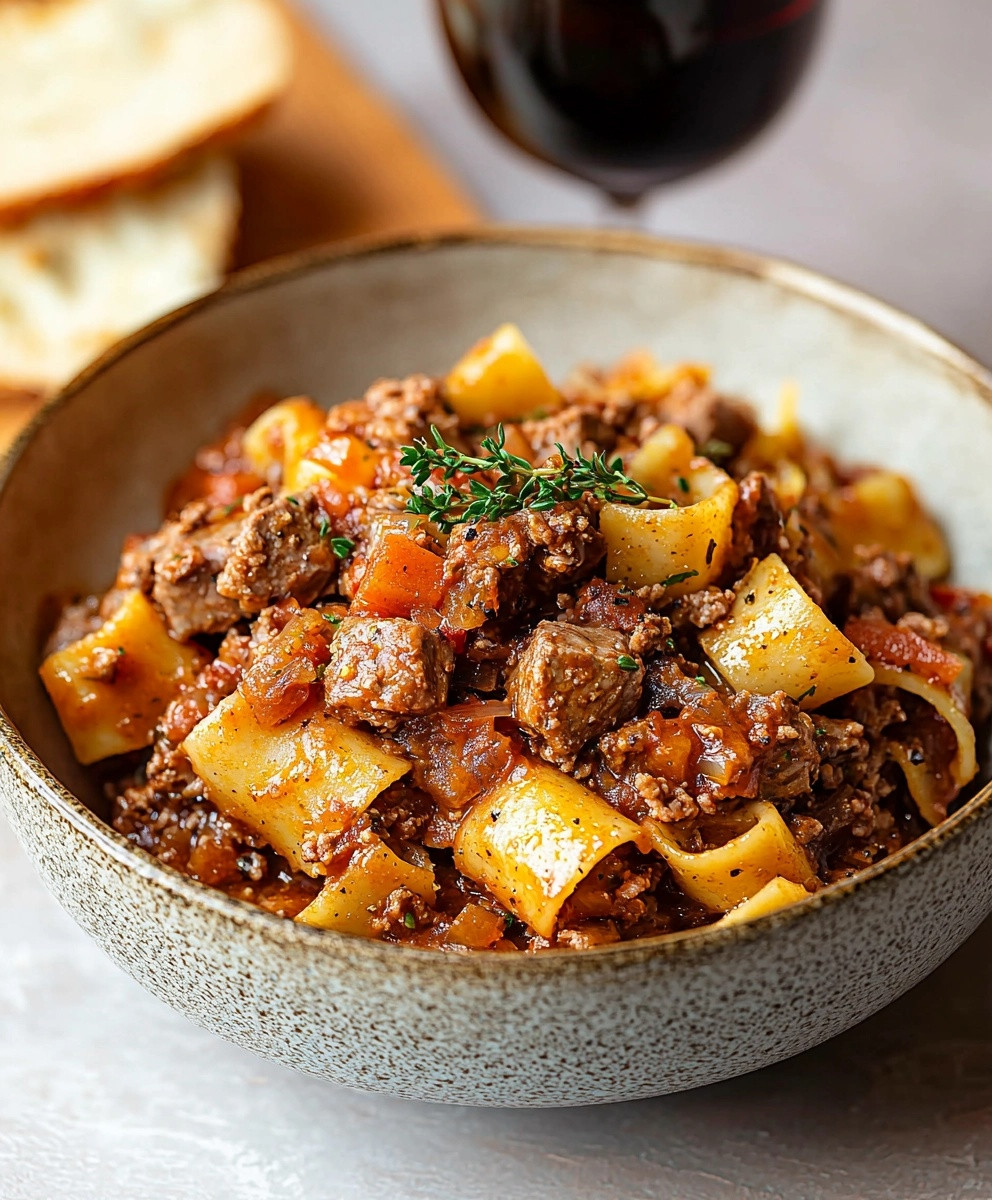
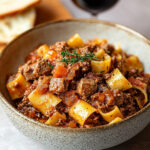
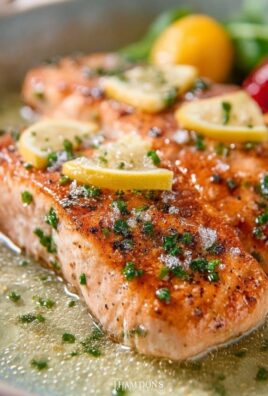
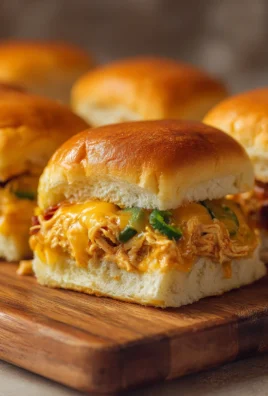
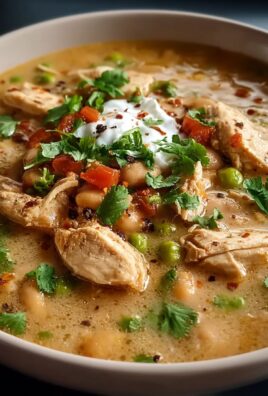
Leave a Comment